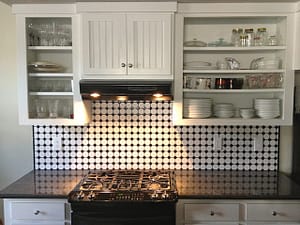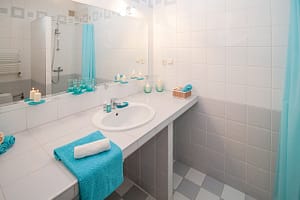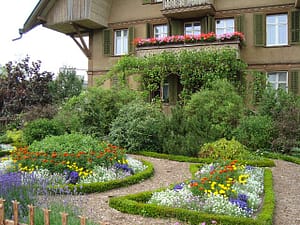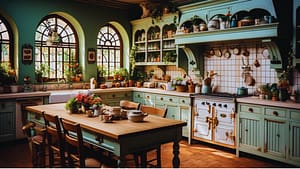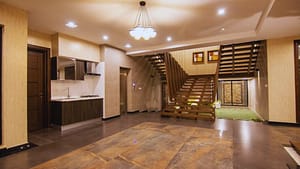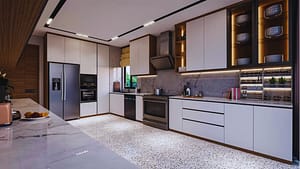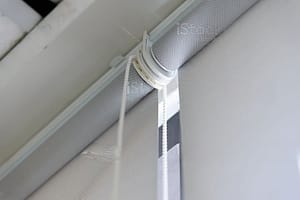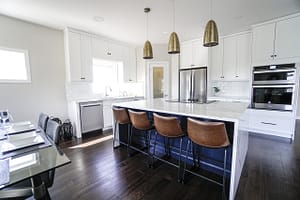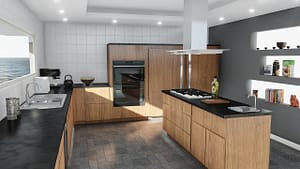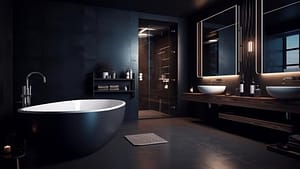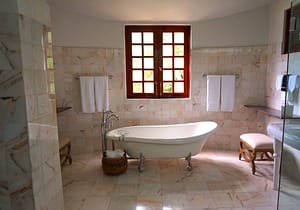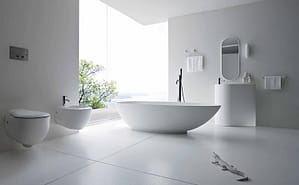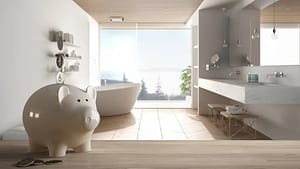
If you live in a temperate climate, you know the importance of having a heating unit. Heating units ensure your home is habitable, comfortable, and safe during the winter.
There are many types of heating units, each with its pros and cons, making it daunting to choose the right one for your home. But, you don’t just walk to a shop and buy any unit. One of the primary things to consider when acquiring a heating unit, is energy efficiency. You don’t want to be spending a sizable chunk of your income on energy bills.
We have compiled some of the best heating units to help you save energy and costs.
Which heating unit is the best option for you?
Gas furnace

Since a gas furnace uses natural gas, it’s an energy-efficient option to heat your home. In fact, most homes in the US use natural gas to heat their homes.
The most recent models have an energy-efficiency of between 78% to 98 %. But remember, for a gas furnace to function effectively as required, all its components must be in good working order.
Parts of a gas furnace
Thermostat – this is the driver or controller of the furnace. As soon as it gets cold inside your house, the thermostat signals the furnace to run and produce heat.
Burners – As soon as the air makes its way to the tubes, the burners heat it.
Fan/draft hood – Brings air to the burner to be combusted and distributed to the entire house.
Heat Exchanger – These are metallic tubes, which are heated by the burner, thus warming the air in the furnace.
Blower – directs the air coming to and from the ducts.
Flue – any wasted combusted gas is directed by the flue far away from your house/home.
How does a gas furnace work?
Once you have the gas furnace, you need to understand how it works. This is helpful whenever the system develops problems. Here is the complete heating cycle for a gas furnace.
- Once the thermostat senses cold in the house, it sends a command to the furnace to turn on and produce heat. Without this command, the furnace won’t run. So, should you have any problem with your gas furnace, the first thing to check is the thermostat?
- Once the command is received by the furnace, the valves open to let the gas flow towards the burner. The air is directed by the blower from the ductwork to the burner for heating.
- As the air flows towards the burner, an electronic ignition, also known as a pilot light, lights the burner from the combustion chamber. The incoming air gets heated and then returned to the ducts.
- The heater then filters the air from the combustion, thus removing any waste that could accompany the good air to your house. This improves the quality of air inside your house, hence making it a safe place for you and your family.
- As the warm air is distributed to your house, the cold air is taken to the furnace by the ducts. When the air inside cools, the new warm air replaces it, and the cycle continues.
Heat Pump

A heat pump doubles up as a cooling system during summer, thus saving costs.
Just like air conditioners, heating pumps use electricity and work in reverse- which is transferring thermal energy to opposite directions. The heating unit uses external energy to move the energy from the source to the sink.
Types of heat pumps
There are two types of heat pumps – absorption and compression.
Between the two, gas-absorption heat pumps have a high-energy efficiency compared to compression heat pumps. You can check out this heat pump glossary.
A typical heat pump has four main components namely;
- An expansion valve
- A condenser
- Compressor
- Evaporator
There are several factors that affect the efficiency of heat pumps including technology, control system, size, and auxiliary equipment.
Temperature and humidity also affect the efficiency of the heating unit. Most of the energy releases done by heat pumps come from the ambient environment, which is why the unit is more efficient than resistant heaters.
Heating pumps are commonly used in HVAC systems, water heating, industrial heating, and district heating, among other applications.
Despite the initial cost of the unit is high, the system guarantees long-term results and energy savings. Besides, heat pumps are easier to maintain and safe compared to combustion-based heating units.
Heat pumps have reduced carbon emission, making it environmentally-friendly and good for the planet.
Conclusion
Having an energy-efficient heating unit not only saves costs but also brings added comfort to your house. Furthermore, energy-efficient heating units are healthier for the environment. Remember to seek help and advice from experts, like the Eastern Shore heating and air conditioning NJ for heating unit advice, installation, and maintenance.

